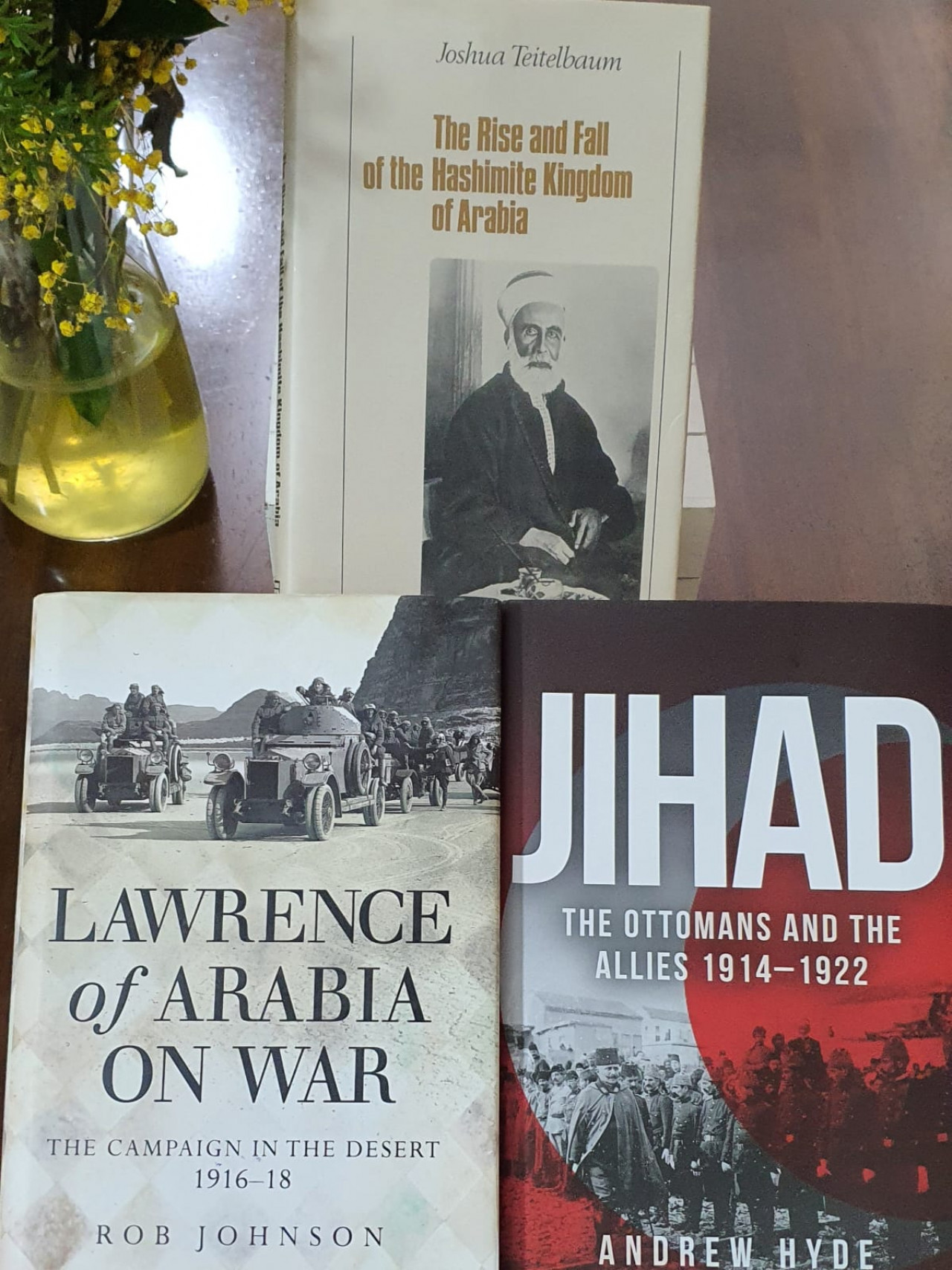In the tumultuous era of World War I, the Middle East witnessed a transformation that would reshape its political landscape for decades to come. The Ottoman Empire, a once-mighty Islamic state, found itself entangled in alliances, and the British sought Arab support to weaken Ottoman rule.
At the heart of this historical drama was Sharif Hussein, the ruler of Mecca appointed by the Ottoman Empire. With British backing, he led a revolt against Ottoman forces, aspiring to unite the Arab world and establish a kingdom encompassing Palestine, Lebanon, Iraq, Jordan, and Syria.
The British, strategically allocating resources to the Middle East, supported various Arab leaders, including Sharif Hussein, Ibn Saud, and Ibn Rashid. Their subsidies played a pivotal role in financing the armies involved in the conflict, with the ultimate goal of weakening the Ottoman Empire.
Ibn Saud, propelled by Wahhabi ideology and supported by the British, successfully conquered the Hijaz. This marked the beginning of the establishment of what we now know as Saudi Arabia. The Wahhabi army, distinguished by its unique attire, occupied key cities in the region.
As World War I drew to a close, the Ottoman Empire was expelled from most territories, leaving only Medina under its control. The power struggle between Sharif Hussein and Ibn Saud intensified, leading to the eventual creation of the Kingdom of Saudi Arabia.
The name "Saudi Arabia" reflects the ruling family, the House of Saud, and their affiliation with the Wahhabi Islamic ideology. Meanwhile, Sharif Hussein, despite his efforts to establish himself as the caliph, had to relinquish power and flee the Hijaz, marking a turning point in the region's history.
The geopolitical intricacies of this period, influenced by colonial powers and shifting alliances, continue to shape the Middle East. The establishment of Saudi Arabia and the exclusion of Sharif Hussein's descendants from power are reminders of the complex historical forces that unfolded during this transformative era.
Sharif Hussein's son faced a swift downfall within a week of assuming power. During this time, Sharif Hussein's other two sons were governing different Arab countries, and surprisingly, Sharif Hussein wasn't extended invitations to visit either of them. Faced with such circumstances, Sharif Hussein had no choice but to resign and seek refuge in Cyprus.
Meanwhile, Ibn Saud emerged victorious over his rivals, imprisoning figures like Ibn Rashid. With the allegiance of various tribes, particularly Abdul Aziz bin Ibn Saud, he successfully conquered the Hijaz. This marked the beginning of the ascendancy of the House of Saud, which now governs Saudi Arabia.
A noteworthy observation is Sharif Hussein's attempt to establish an Arab Islamic kingdom, complete with distinctive insignia, flag, and currency. His flag featured a red chevron and three elongated stripes of black, white, and green. The symbolism was rich, with black representing the Abbasid state, white symbolizing the Umayyads, and green representing Shia. Interestingly, the colors of Jordan, Syria, Palestine, Iran, Iraq, and Egypt's flags today seem to draw inspiration from Sharif Hussein's symbolic palette, indicating a historical connection to Arab nationalism.
In our Sunday sermons, we often pray for the unity of the Islamic Ummah, recognizing the challenges it has endured. While it may seem that the unity of Islamic countries in the Middle East could solve many issues, the complexities behind the scenes pose significant obstacles to such unity.
Currently engrossed in "The Lawrence of Arabia on War," I plan to delve into "Jihad - The Ottomans and the Allies 1914-1918" next. These books promise insights into how Western influences shaped the Middle East during critical periods. Stay tuned, as I aim to share valuable information gleaned from these readings.



